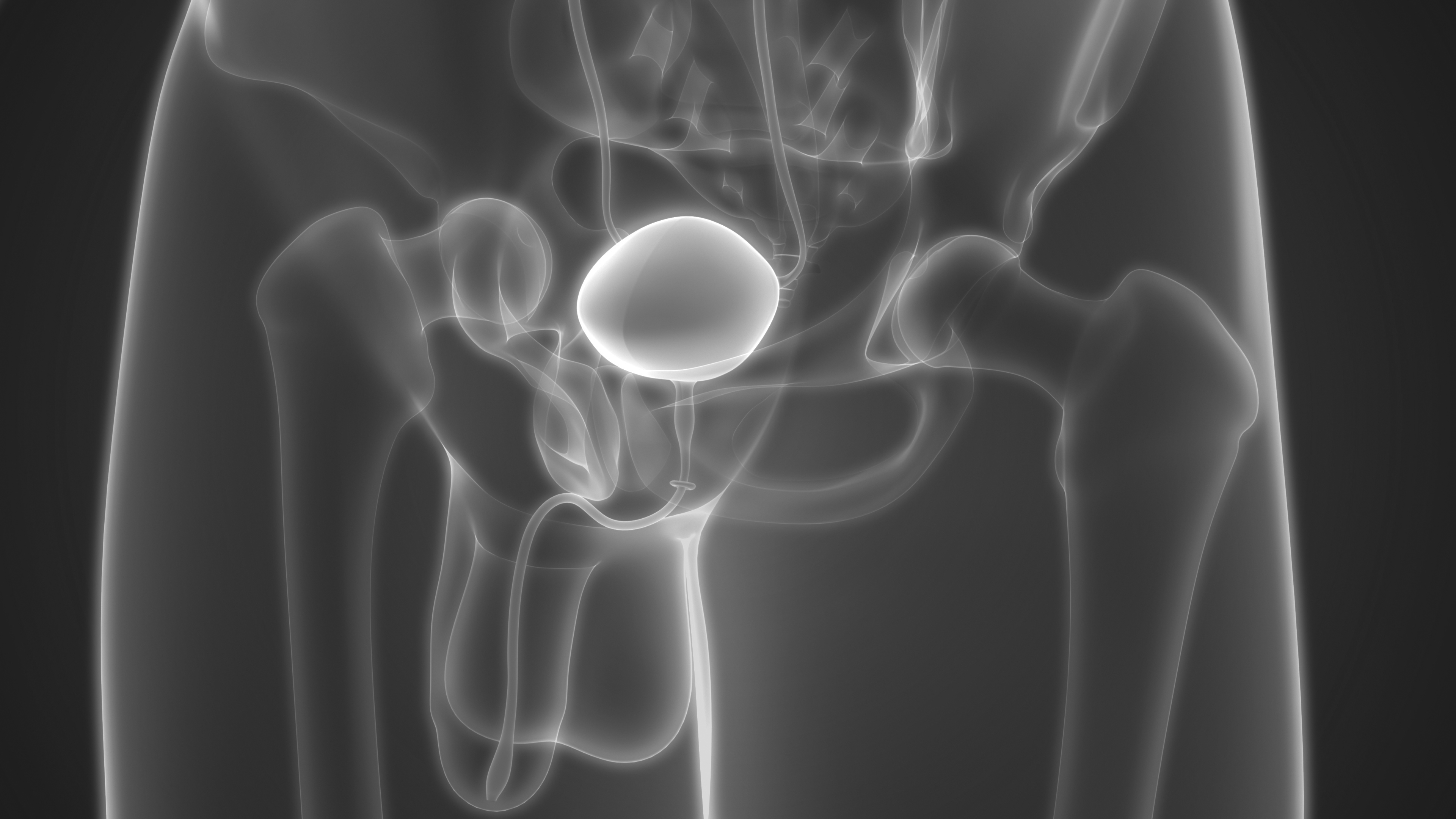This promotional material is intended for UK Healthcare Professionals only.
BOTOX® (botulinum toxin type A) Prescribing Information and adverse event reporting information can be found below.
BOTOX® is a treatment option to manage the symptoms of OAB and NDO in adult patients with an established tolerability profile. BOTOX® is indicated for the management of bladder dysfunctions in adult patients who are not adequately managed with anticholinergics: overactive bladder with symptoms of urinary incontinence, urgency and frequency; neurogenic detrusor overactivity with urinary incontinence due to subcervical spinal cord injury (traumatic or non-traumatic), or multiple sclerosis.5
NDO: neurogenic detrusor overactivity; OAB: overactive bladder.
Please refer to the BOTOX® Summary of Product Characteristics for further information on adverse events, contraindications and special warnings and precautions for use. The BOTOX® Summary of Product Characteristics can be found here
By clicking the link above you will leave the AbbVie Pro website and be taken to the eMC PI portal website.
Adverse events should be reported. Reporting forms and information can be found at https://yellowcard.mhra.gov.uk/
Adverse events should also be reported to AbbVie on GBPV@abbvie.com
Date of preparation: June 2025. UK-BUO-250032.
















